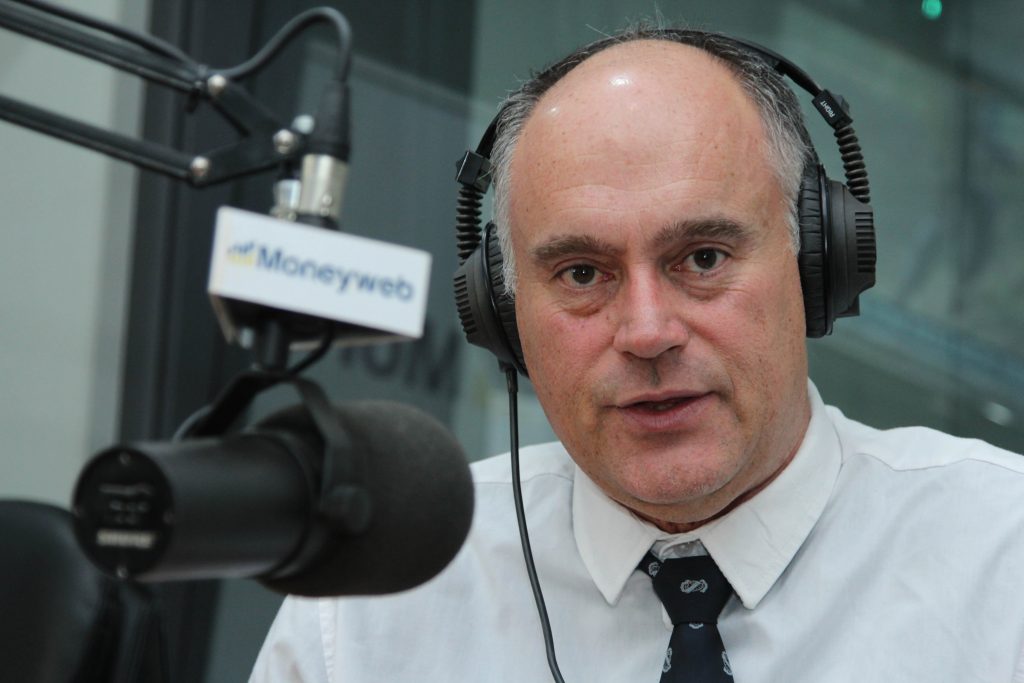The rift in Russia’s two-track economy is becoming wider as businesses tied to President Vladimir Putin’s invasion of Ukraine thrive and the rest are struggling for resources.
Massive spending on the war has left growth increasingly confined to the military-industrial complex, with the imbalance in the economy underscoring how the Kremlin is ready to continue the war, but will potentially need years to return to normalcy even if the fighting stops.
ADVERTISEMENT
CONTINUE READING BELOW
“There remains only a narrow group of leading industries with high growth rates — all are related to government orders and defence,” said Sofya Donets, chief economist at T-Investments. It’s difficult to find other sectors that are in the black, she said.
Business has been under pressure since the central bank raised the key rate to 21% in October to curb inflation that’s running at more than double the 4% target. With enterprises facing slowing local demand, lower prices for exports and additional costs caused by sanctions, rate setters are under pressure to cut borrowing costs when they meet on Friday.
Output in most civilian manufacturing industries shrank in the first four months of this year, according to data from the Federal Statistics Service.
Policymakers have acknowledged that the sharp hikes have worsened the financial standing of the country’s 78 largest companies. The number of firms flagged as financially distressed has doubled to 13, with bankruptcies now a possibility, according to a report published May 28. Most sectors have seen a decline in the number of profitable companies, it said.
Ever more parts of the economy’s real sector are experiencing falling output, the state-run Tass news service cited Economy Minister Maxim Reshetnikov as saying Tuesday. The ministry is counting on an easing in monetary policy to help growth, he said, according to the news service.
In contrast, huge inflows from the budget and preferential loans make priority industries less sensitive to market interest rates and enable them to keep expanding.
The production category that covers combat vehicles, aircraft and ships grew 32% in the first four months compared with the same period of previous year, statistics service data show. Output of products such as computers, electronics and optics — a category that includes among other things parts for aircraft and rocket engines, as well as optical sights — added 14%. Output of “finished metal goods,” which includes arms and ammunition, posted a 16% expansion.
The machine-building complex, encompassing these sectors, ensured more than 50% of the total increase in manufacturing output, according to Economy Ministry estimates.
“A collapse in overall production isn’t happening because the state defence order is holding back the rates of decline,” said Natalia Milchakova, an analyst at Freedom Finance Global in Kazakhstan. The annual increase in production output in the first four months of the year was 1.2%, the data shows.
What Bloomberg Economic Says…
The disproportions will take years to even out. The need to rebuild stockpiles of equipment and maybe increase them versus pre-war levels will take three to four years. — Alex Isakov, Russia economist
ADVERTISEMENT:
CONTINUE READING BELOW
Putin sees the success of military-industrial sectors as a key factor in the success of Russian forces on the battlefield in Ukraine. Defense spending has been made the top priority and is expected to consume a third of the state budget this year.
The Russian leader also said in May that he wants the country’s military complex to receive even more state financing to strengthen its position on the global weapons market and increase exports.
Despite falling oil prices and export revenues, the Kremlin has no plans to cut spending this year, which could see the budget deficit triple compared with the original plan. Although the National Wealth Fund has been largely depleted during the war, there’s still enough to make up a shortfall in oil revenue for the next 18-24 months if prices fall to around $50 per barrel, according to Bloomberg Economics estimates.
New sanctions are also unlikely to stop the Kremlin’s war machine, as previous rounds have failed to disrupt the foreign trade that fills the coffers. While European and US officials continue to push for more pressure to squeeze Putin’s economy, Russia has grown adept at switching to new trade partners, establishing alternative supply chains, building new logistics routes, and devising workarounds for cross-border payments.
“There is always an economic rationale for someone to help Russia in sanction evasion if there is money to be made,” said Tatiana Orlova, lead economist at Oxford Economics. “Therefore, workarounds are found very quickly for each round of sanctions — this makes sanctions inefficient.”
Still, the penalties contribute to the weakening financial standing of Russian companies, according to the central bank report.
While unable to push Russia’s economy from its war-footing, Western restrictions have added to the worsening performance of businesses in civilian sectors, increasing costs and complicating logistics, payments, and access to imported technology. They also limit export potential, which along with lowering local demand results in a production slowdown.
That leaves defence-related enterprises taking the lead role in industry. Economic activity in some 84% of the other sectors continues to cool, according to Raiffeisenbank in Moscow.
“The machine-building sector is supporting the growth of industry as a whole, with the other sectors making a negative contribution,” the bank’s analysts said in a note last week.
© 2025 Bloomberg
Follow Moneyweb’s in-depth finance and business news on WhatsApp here.

 23 hours ago
1
23 hours ago
1
























 English (US) ·
English (US) ·